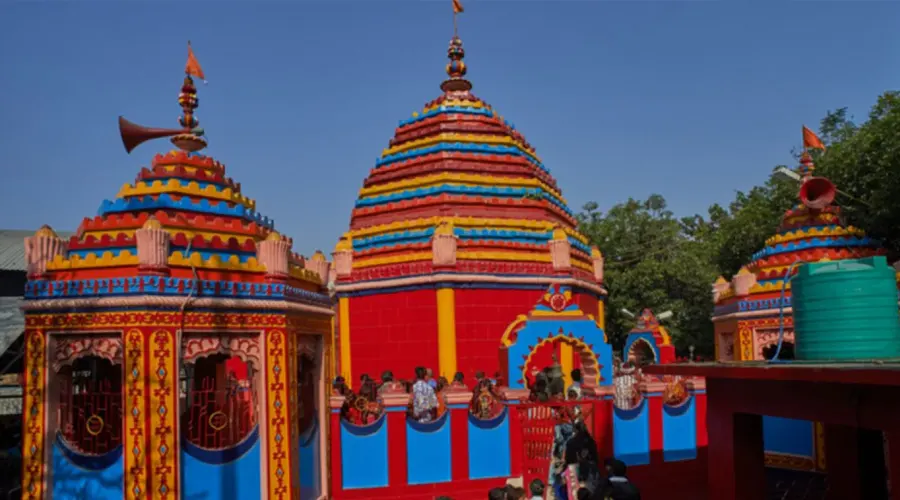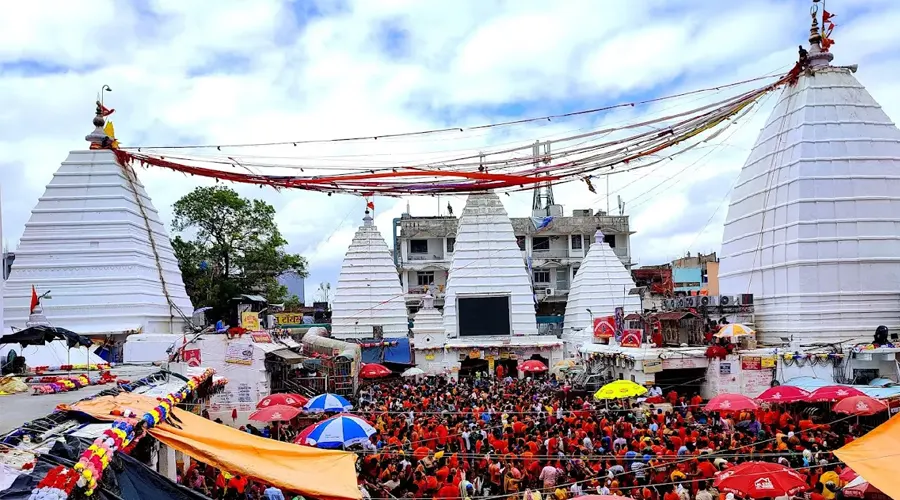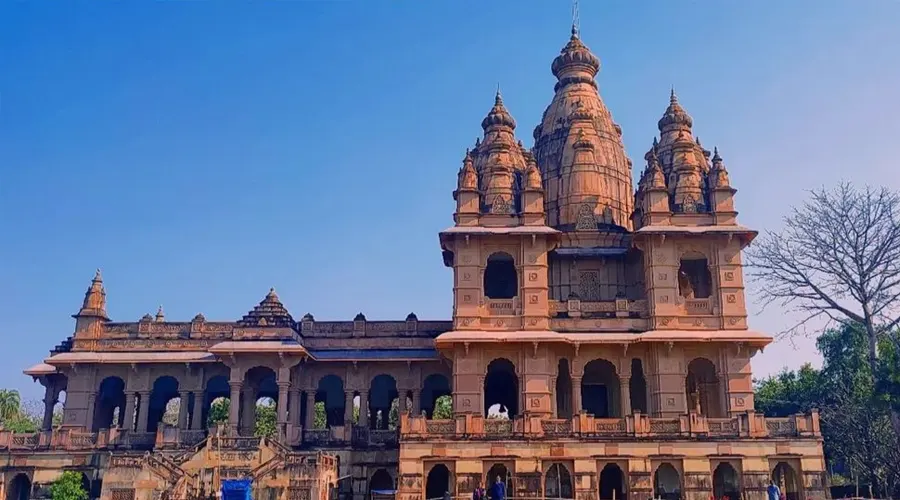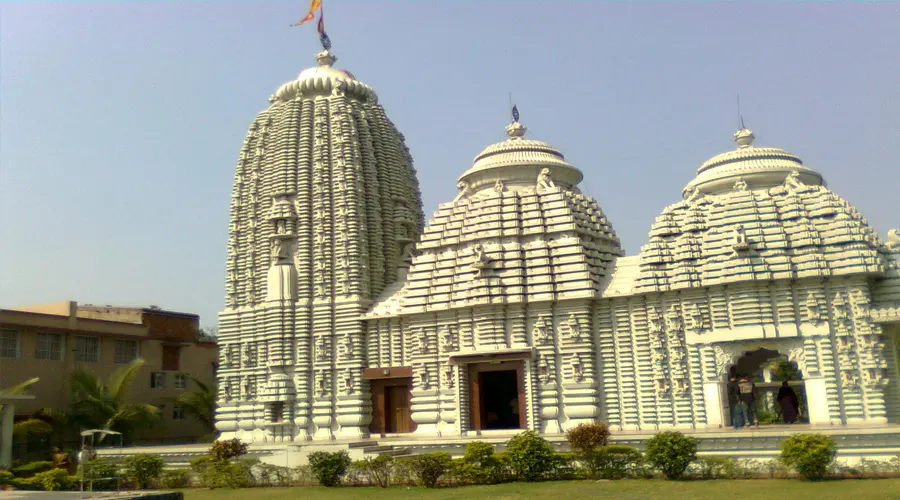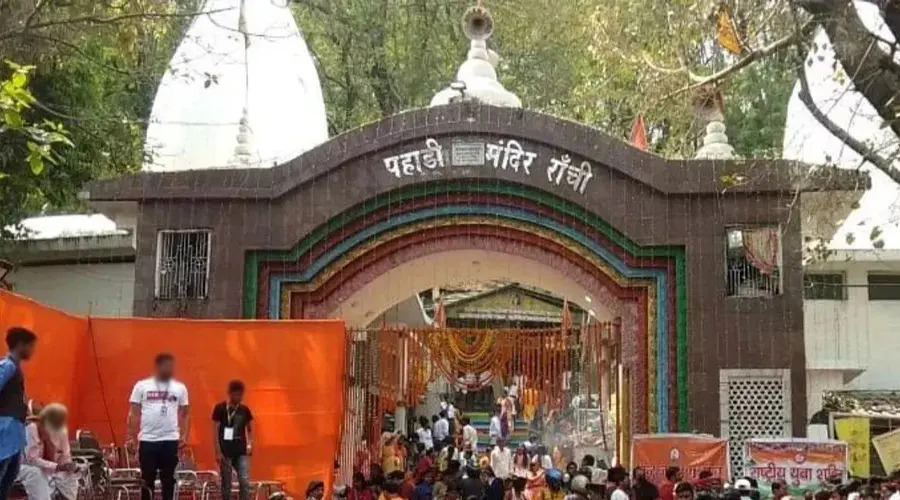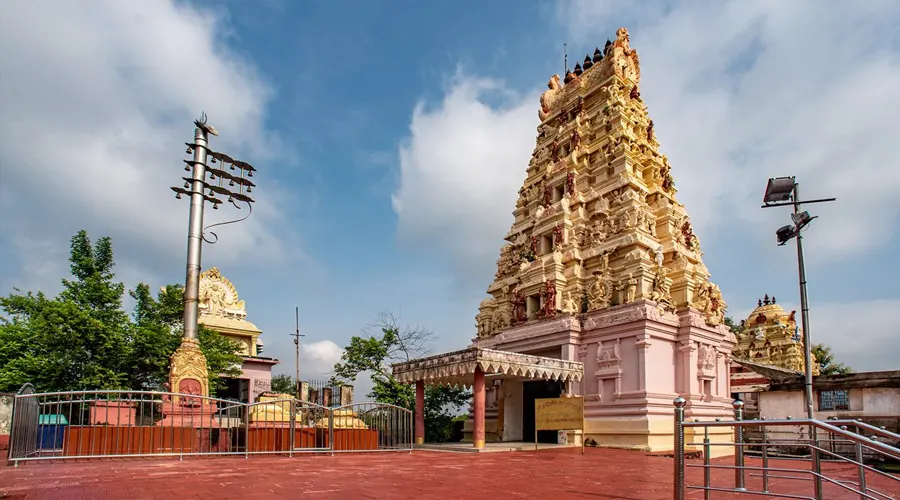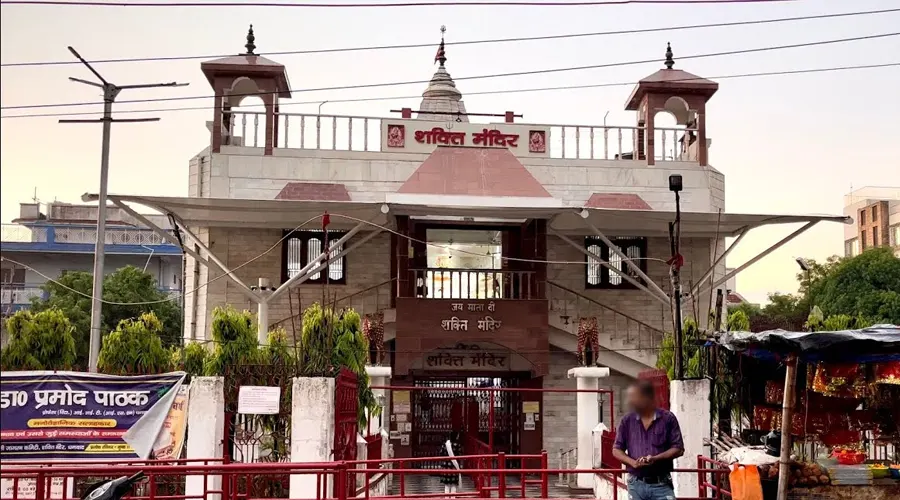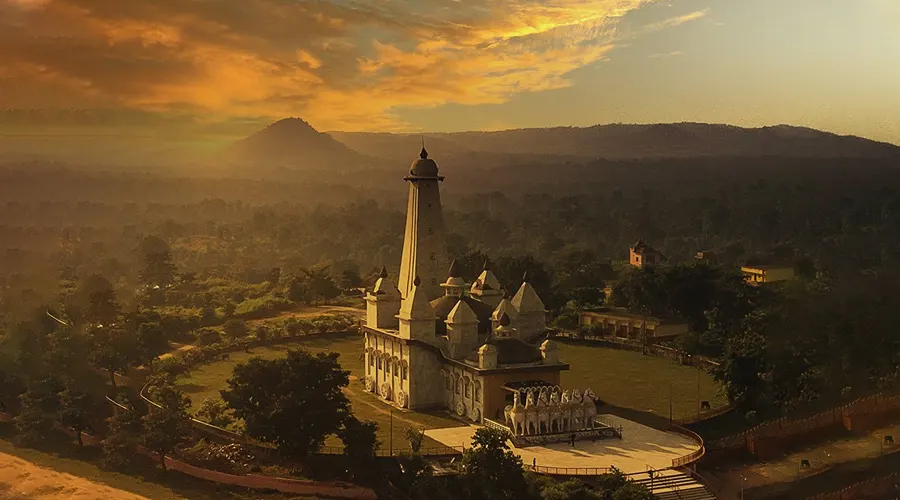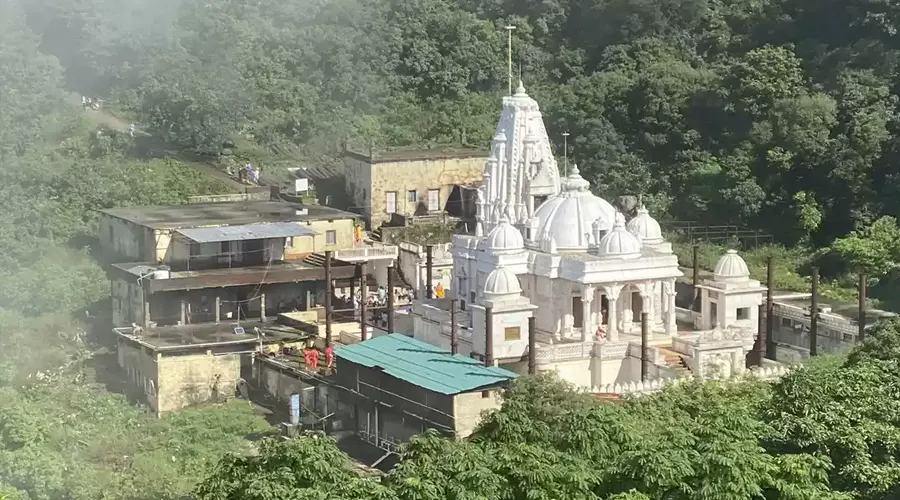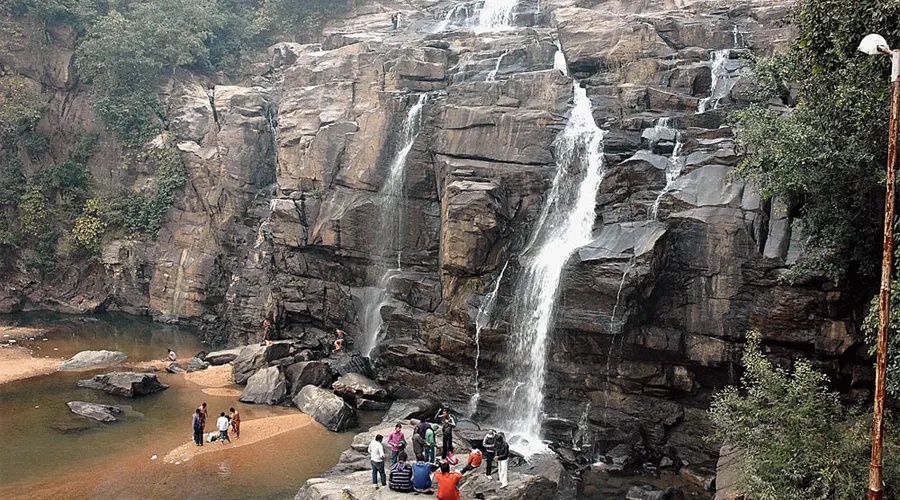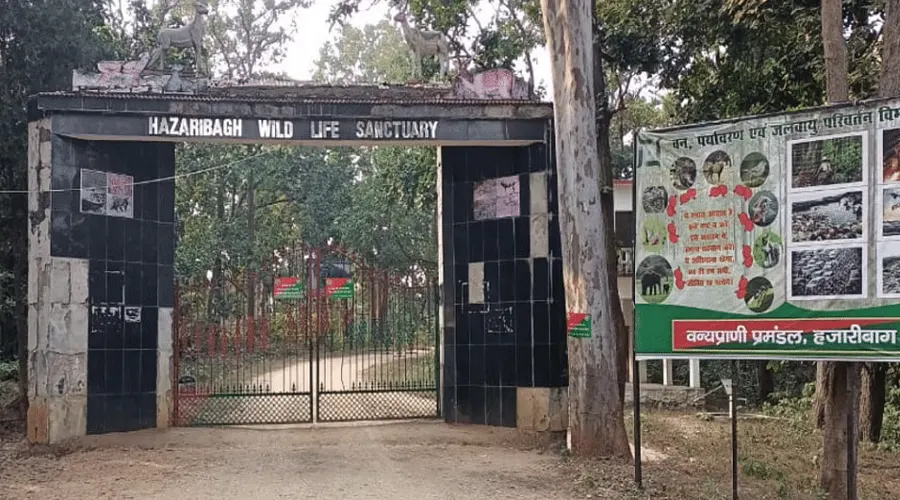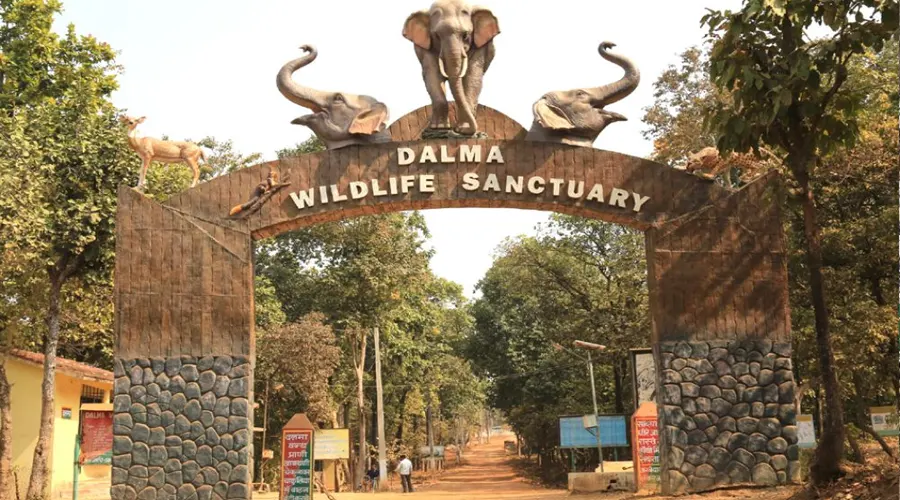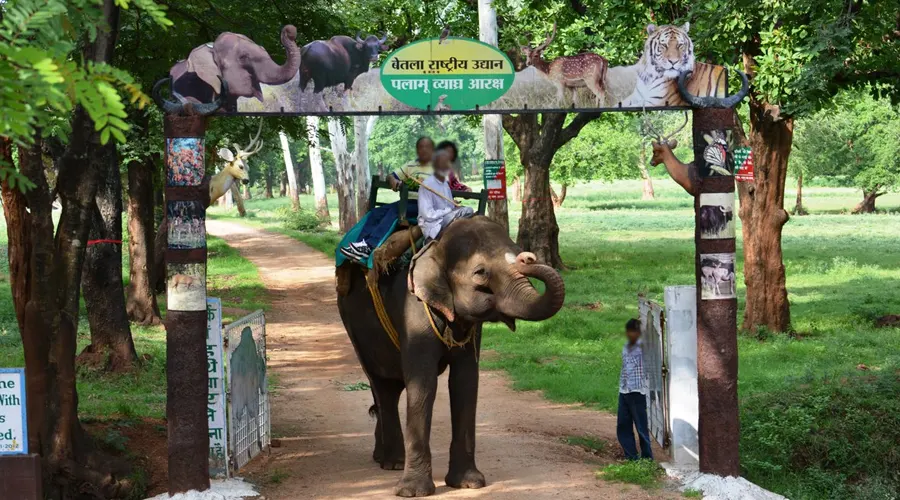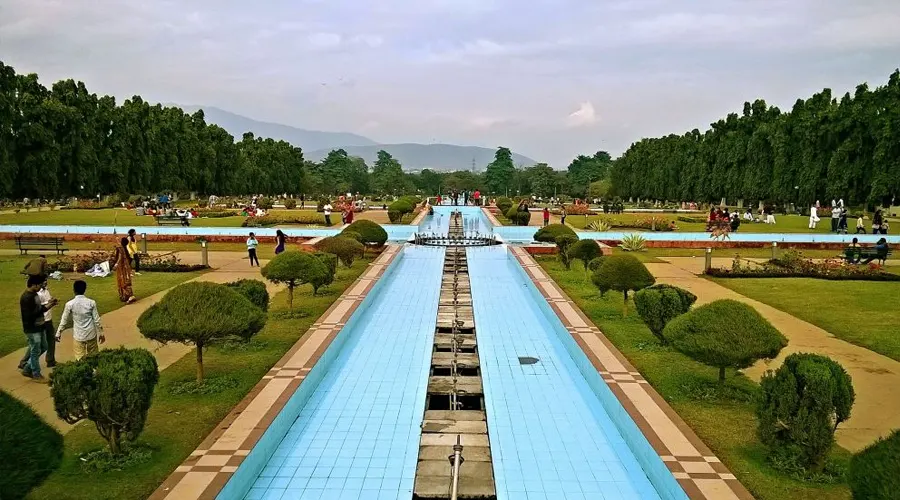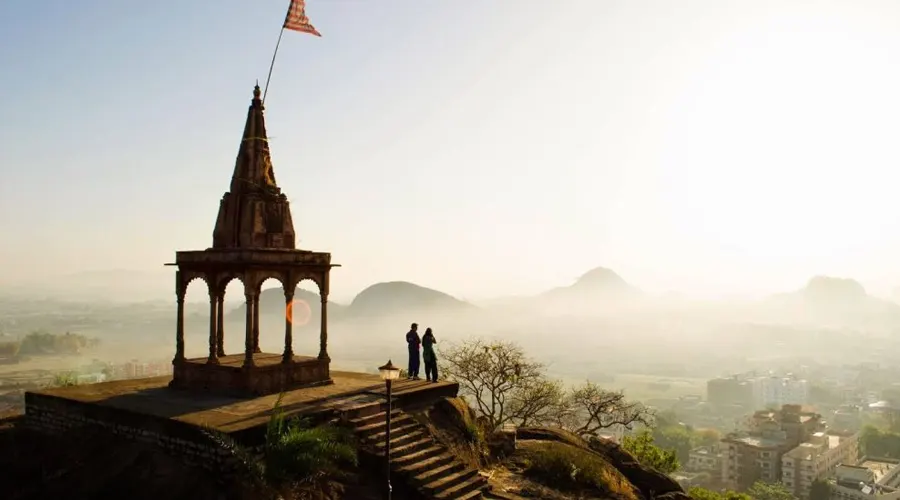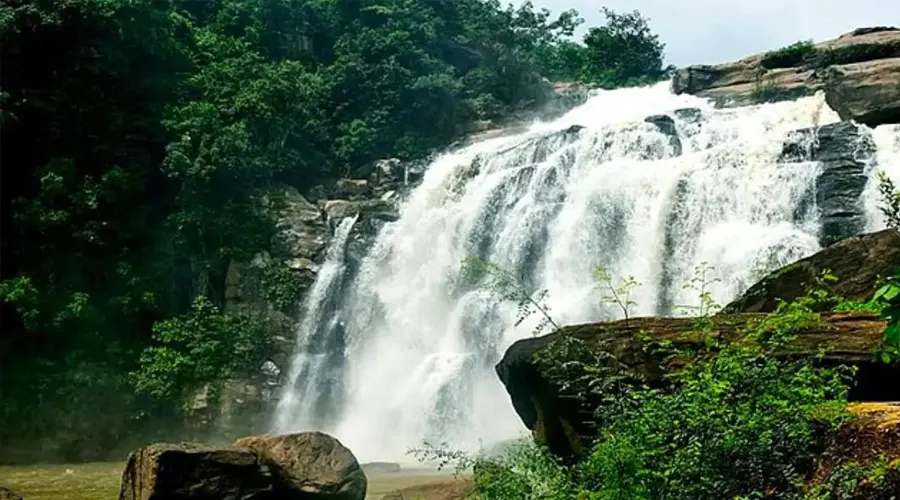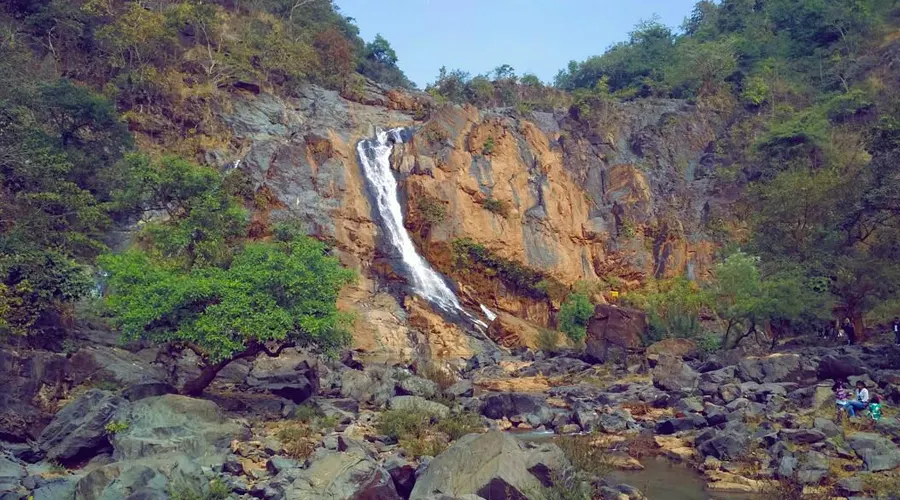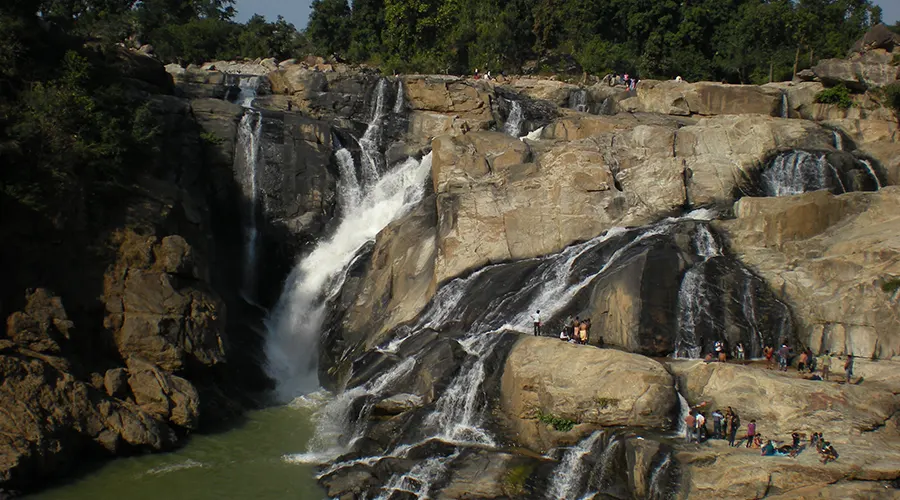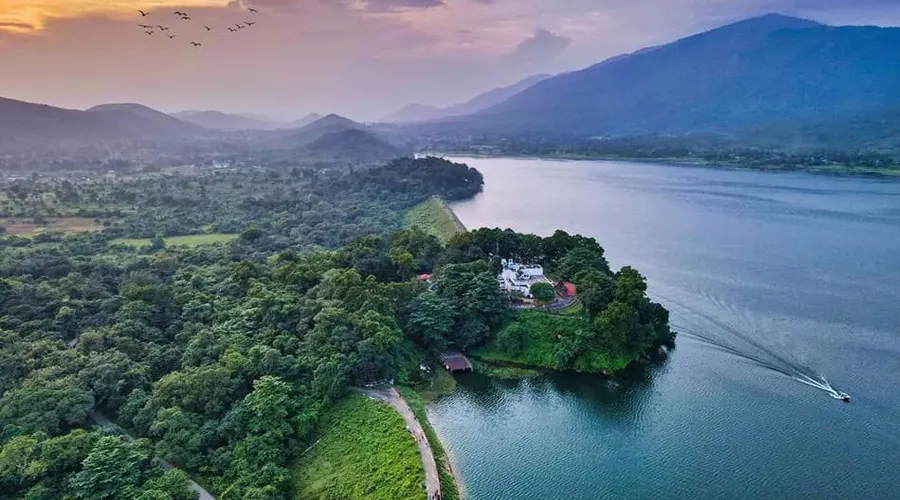Rajrappa Mandir
The Rajrappa Mandir or the Chinnamasta Temple is said to be over 6000 years old and still attracts thousands of visitors every day. A site of both religious and historical importance, this temple attracts pilgrims and devotees from all over India and abroad; to awe at the beautiful tantric architecture and the rituals conducted on a daily and weekly basis. There are also several Hindu festivals celebrated at the temple.
The deity to whom the temple is dedicated, Maa Chinmastikey, one of the Mahavidya Goddesses, is highly revered in Hindu culture, especially in North India. She is most often depicted as being severed by the head, holding her decapitated head in her hand; and the blood spurting out of her neck being drunk by her head and two attendants.
This ferocious and gory image symbolizes what she stands for— a life-giver as well as a life-taker. She represents life as well as death, at the same time. She also represents sexual self-control, the frailty of life itself as well as several topics that would be easily considered taboo in modern culture. She is known for sacrificing nature, and her destructive fury, as is expected of a goddess of the Shakti.
History of Rajrappa Mandir
The Rajrappa Temple, one of the most esteemed holy sites in Hazaribagh, Jharkhand, India, has long been a beacon for pilgrims and history enthusiasts alike. Dedicated to the goddess Chinnamasta, the temple stands at the confluence of the Bhairavi and Damodar rivers, a site that is considered highly sacred in Hinduism. This place of worship not only holds spiritual significance but also has a deep historical resonance that has pulled in visitors from all walks of life over the years.
The history of the Rajrappa Temple dates back several centuries, making it an archaeological and historical treasure. Although the precise dates of its initial construction are not clear, the temple is known to have been a pivotal center for Shakti worship for many generations. The central deity, Chinnamasta, is depicted as headless, an incarnation of Goddess Kali, symbolizing the simultaneous aspects of creation, preservation, and destruction.
The revered site has been mapped in various ancient texts, and its mystique has been the cornerstone for numerous local legends and folklore. The symbiosis of nature and spirituality at Rajrappa has seen a consistent influx of tourists, from devout worshipers embarking on a spiritual journey to curious explorers intrigued by the narratives woven into the fabric of this historic edifice.
Architecture of Rajrappa Mandir
The Temple of Rajrappa was constructed in the Tantric architectural style. Dome-shaped temple apexes are typical of Assam’s Kamrup architecture. In the innermost sanctum, the Sanctorum is the idol of Devi.
The shrine is renowned for its historical narrative and religious significance.
Rudra Mahadev guards the Temple of Devi Chhinnamasta, Mata Prachanda Chandika’s celestial spouse & that’s why the shrine has also been elevated to the status of a Dham. On the same Temple, campus is the Kaleshwar Mahadev Temple in the east, the Narahna Mahadev Temple in the west, the Muchhkund Mahadev Temple in the north, and the Shiv Bari Temple in the south. Lord Shiva surrounds Mata on all four sides.

